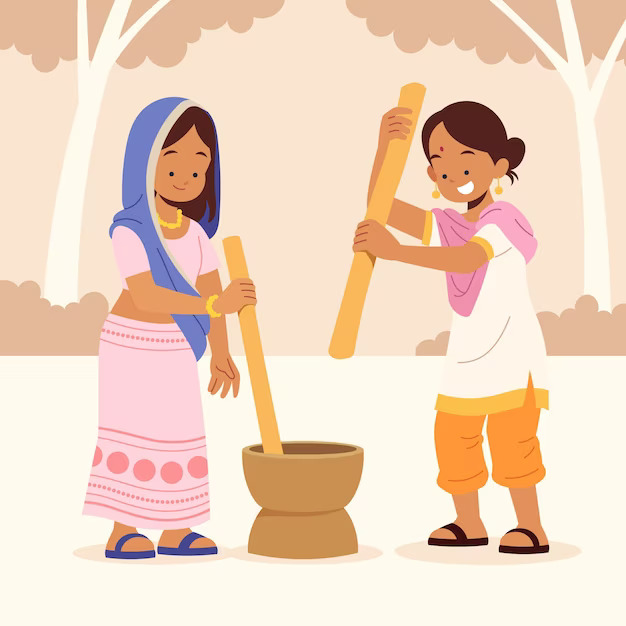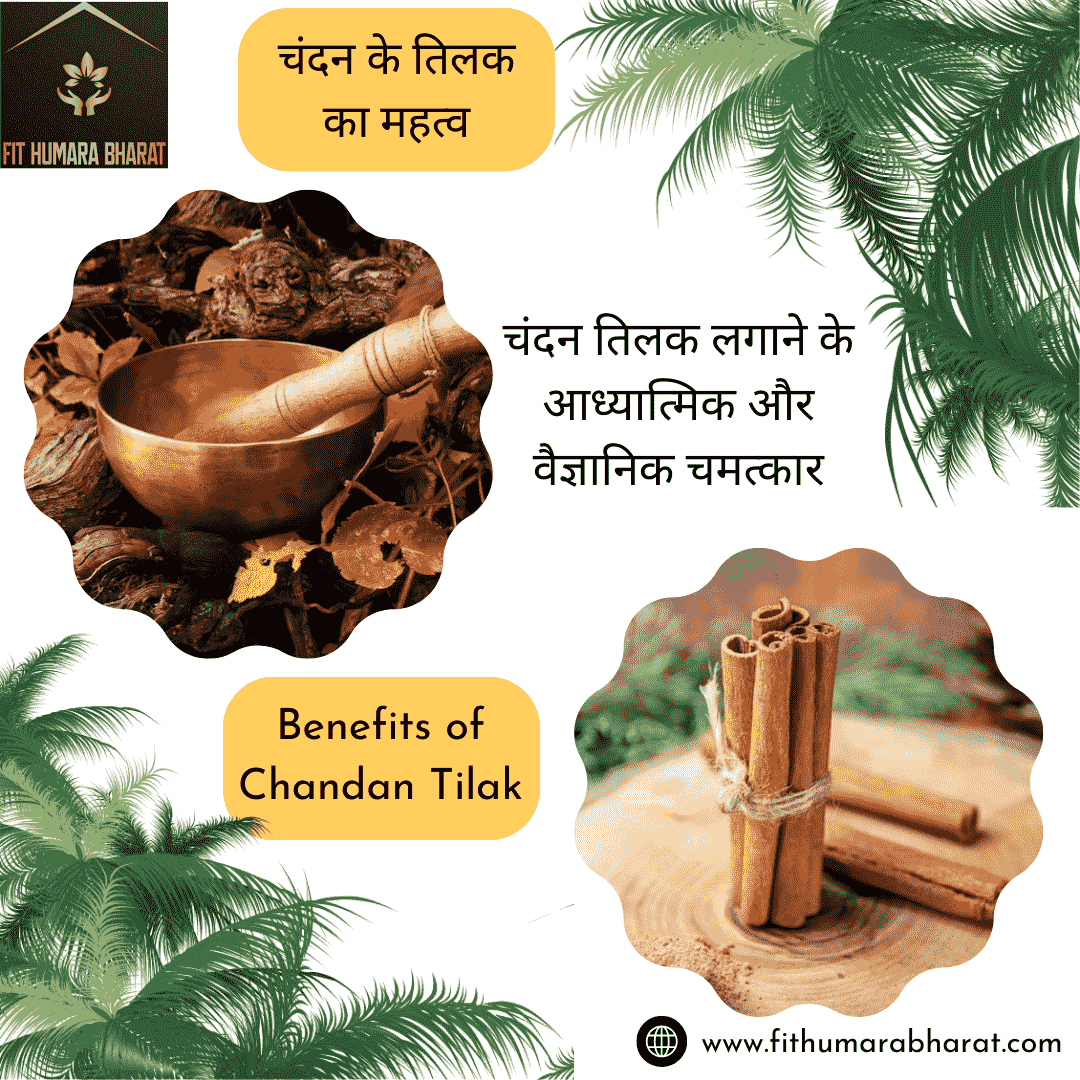This post is also available in:
हिन्दी
In Hinduism, applying tilak on the forehead is very auspicious. Yellow or red tilak made from sandalwood is common in India as it has many spiritual and scientific wonders.
Here, we will discuss about all the positive effects of Tilak on your body and soul.

Table of Contents
Tilak’s composition
Tilak can be made using a variety of materials. Generally, they are made using a paste of fragrant wood powder. But, there are many other versions as well.
- Tilak is made of sandalwood paste, lead, vibhuti, charcoal or sacred ash.
- It can also be made from kumkum, saffron or turmeric.
- Tilak can also be planted from clay.
- Vermilion is one of the most common ingredients for making tilak.
- Lime and turmeric are also used to make Tilak.
- Especially in Hindu culture, cow dung is used to make Tilak.
Tilak’s spiritual miracles
Symbol of purity:
The tilak on your forehead is a symbol of righteousness. The presiding deity lives in the middle of your forehead. Therefore, you honor the deity by applying tilak on your forehead. The presiding deities develop you spiritually, and help you overcome all problems.
Awakens the Ajna-Chakra:
There are seven energy centers in the human body. They are also called power reserves. The Ajna Chakra, located in the middle of your forehead, has immense power. This chakra is the most important because the three nerves of your body meet here.
Ajna chakra is also called the third eye. That is, it is the center of yoga science. Applying tilak is helpful in awakening your Ajna chakra.
Prevents negative energy:
When you apply tilak on your third eye, it prevents all negative energies. Therefore, you can easily focus on a positive mindset.
Tilak is a symbol of God. This is one of the reasons why many people apply tilak on their forehead before each religious or auspicious event. It gives you energy and peace.
Protects sinus :
Applying tilak on the forehead activates your female circle. It keeps you safe from many diseases including sinus and insomnia. Therefore, both men and women apply the vaccine on the forehead to live a disease-free life.
Tilak’s scientific miracles
Calms the mind:
Sandalwood is cold by nature. So, it calms your mind and cools down your body in just a few seconds. Therefore, after applying tilak on the forehead, you can feel relaxed.
Increases concentration power:
Applying tilak made of sandalwood paste increases your concentration power. The cooling effect of sandalwood alerts your mind and increases your focus. In addition, it calms your soul, mind and body.
Keeps you healthy:
As we discussed earlier, the space between your eyebrows is an important energy center of your body. Applying tilak on this area keeps you healthy. In addition, tilak ingredients such as turmeric and sandalwood have antifungal and antibacterial properties, which keep your skin infection-free.
Relieves headache:
The area between your eyebrows is the convergence point for nerves. Massaging at this point provides relief in headaches. Applying sandalwood tilak on your forehead cools the nerves and relieves headaches, especially if the problem is caused by excessive exposure to sunlight or heat.
Relieves stress and insomnia:
Mental stress, fatigue and an overactive mind are some of the causes that cause insomnia. According to Ayurveda, when you massage your third eye with sandalwood tilak, it reduces stress and removes insomnia.
Reduces fever:
Sandalwood tilak reduces the temperature of the human body. Therefore, it is helpful in reducing fever.
conclusion
Applying tilak should be everyone’s habit. It awakens your Ajna Chakra, improves your concentration, brings positive thoughts and keeps your mind calm.
You can use saffron, kumkum or sandalwood to apply tilak. All these elements become easily available. Take a bath, apply tilak, pray and then leave home for work. In a few weeks you will see positive changes in your life.
Thank you 
- Re-discovering Sandalwood: Beyond Beauty and Fragrance
- Sandalwood Album Oil as a Botanical Therapeutic in Dermatology
- Dermatoses Due to Indian Cultural Practices
- Detection of genetic variation in sandalwood using various DNA markers



 Sources say
Sources say